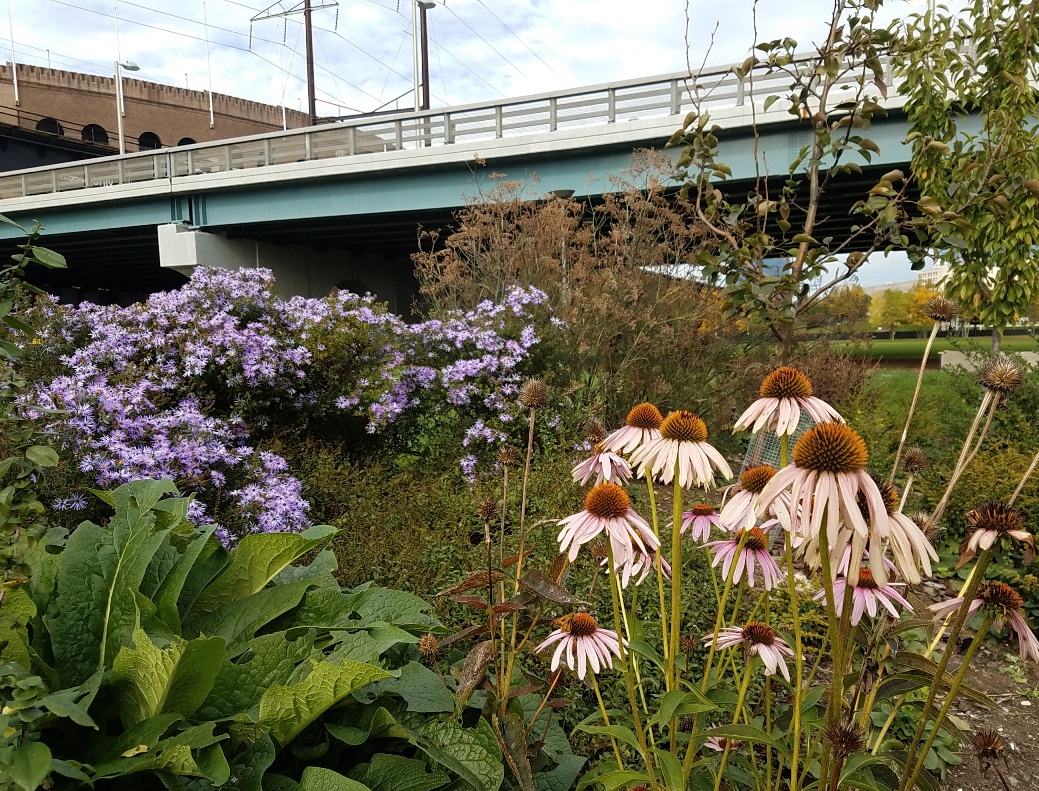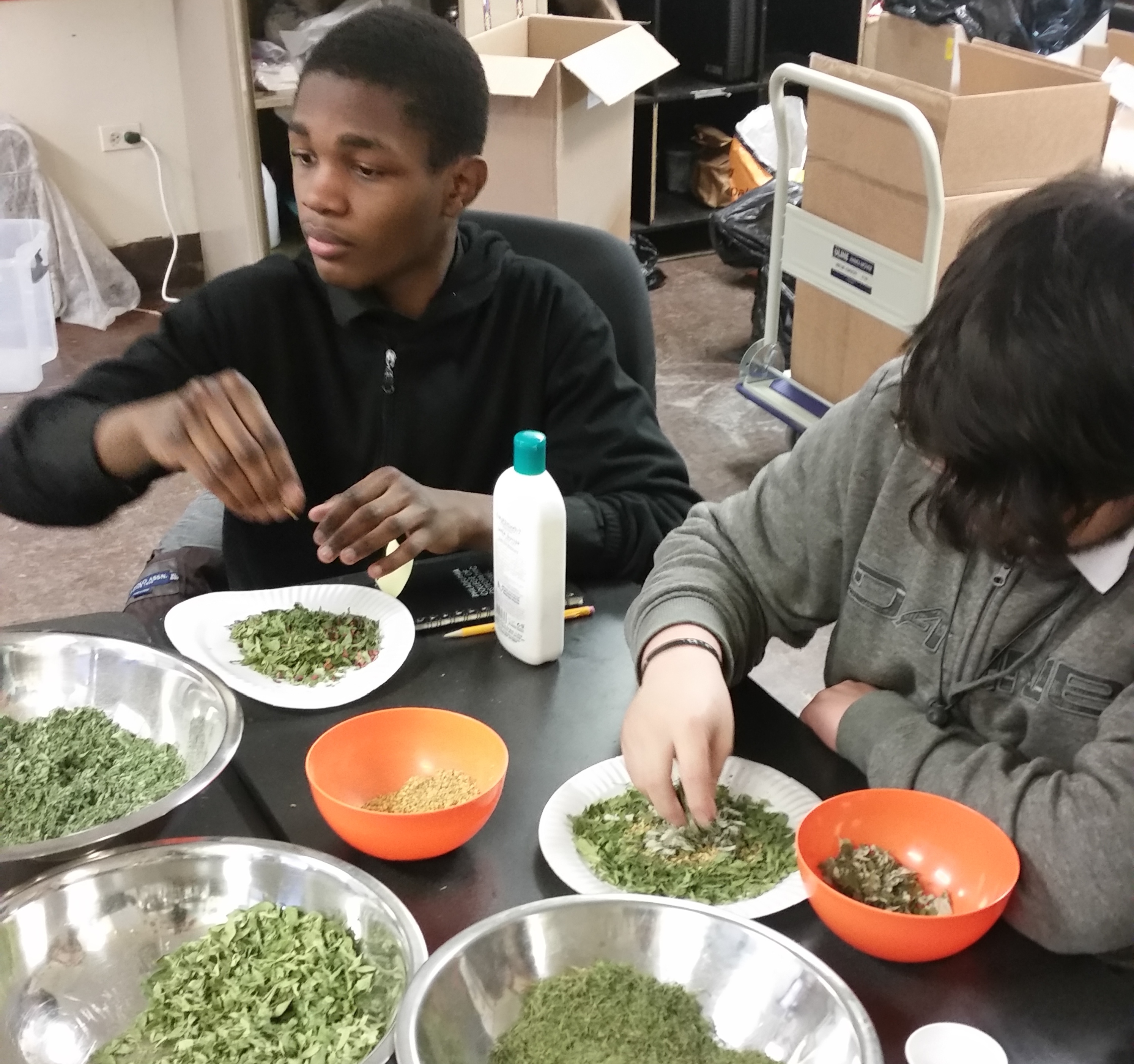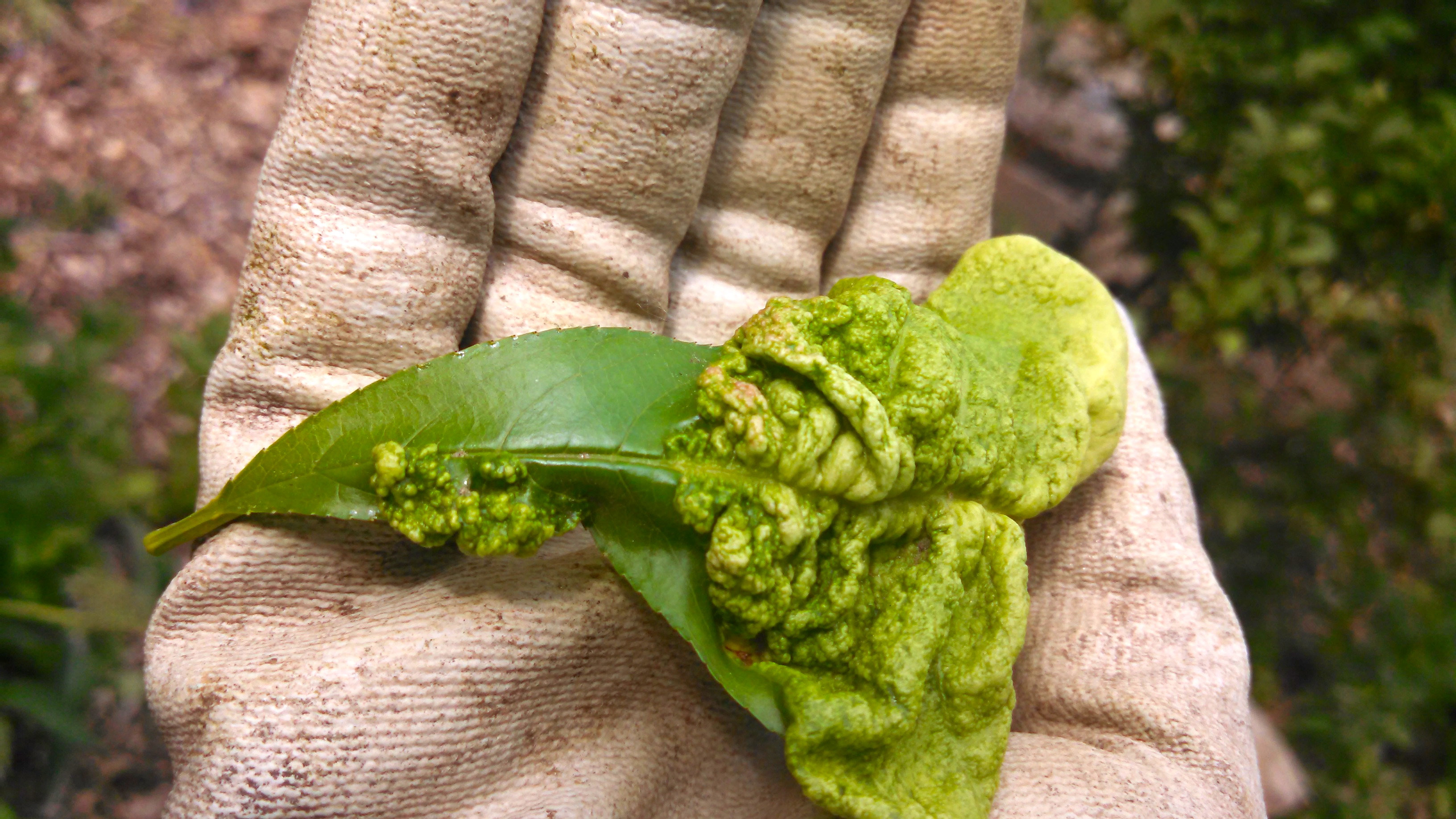POP surveyed all of our orchard partners at season’s end and we’d like to share what we learned this year. In all, 48 of 59 POP partners (81%) participated in our 5th annual Orchard Partner Survey in November and December 2017, which is on par with our response rate in previous years.
Orchard Value
This year, the highest percentage of respondents rated “Beauty and Neighborhood Greening” as having the “highest value” (42%) followed by “Educational Opportunities” (33%), which had held the top spot for the previous four years. Half of respondents rate “Community Health and Nutrition” as being high value, and high ratings were consistent in categories marking the “Environmental Impact” of orchards. We still find that the relatively lower valuation of “Food production and distribution” is somewhat distorted by responses from younger and newly planted orchards that have not yet come into full production and that some older sites are having trouble seeing good yields due to challenges including late frosts, pests and diseases. Some small spaces will obviously be more valued for their educational impact rather than their impact on the food system, while many of our partner sites with more established sites or organizations which are more centered around food access (Weaver’s Way Farm, SHARE Food Program, Sunday Breakfast Rescue Mission, for example) rated food production and distribution with highest value.

Stories that illustrate the value of POP orchards to our partners were gathered and have common themes of educating and exposing people to freshly grown fruit, the reactions that people have to tasting things for the first time, new relationships that are formed within spaces, and the ways in which children respond to new fruits and creatures. Link here to read some of our favorite POP partner stories from 2017!
Community Involvement
Survey responses indicate that 4,385 people participated at least once in orchard care during the 2017 season. This number doubles last year’s response of 2,200! We saw a 7% increase in monthly orchard care from last year’s numbers, 46% of respondents tend their orchard weekly, and 40% of of them organize monthly workdays. 4,681 people tasted something grown in a partner orchard, which is about the same as last season, while we saw a moderate decrease in educational program participation in orchards. 5,386 people used a POP partner orchard as a gathering space this year, a 25.3% increase over last year!
On average, orchard partners reported that 65.1% of populations served qualify as low-income. Depending on the partner, these numbers were gathered via census data, FMNP voucher collection, HUD criteria, and well-informed estimates. For some sites with public access and a larger draw from out-of-neighborhood visitors, these numbers are harder to assess.
Yield Distribution
As expected from distribution plans submitted in partner applications and the varying missions of partner orchards, distribution methods differ greatly from one group to another. For example, 100% of yields from Tilden Middle School are harvested for free by community members and 50% of produce at Overbrook School for The Blind is sold at an on-site farmstand. Similar to past years, more than half of all yields are distributed to or harvested by community members for free.
In 2017, 31% of orchard yield was harvested for free by community members, 26% distributed for free to community members, 11% lost to pest or diseases, 8% sold at on-site farm stands, 7% went unharvested, 6% processed into value-added products, 4% sold at farmers’ markets, 2% was donated to emergency food pantries, and 1% was sold via Community Supported Agriculture. While the amount harvested free by community members has slightly decreased, the percentage sold at on-site farm stands has increased, which may indicate development of youth and community engagement through jobs and internships.

Orchard Production
Estimates of yields continue to get better with each passing season, while accurate tracking continues to prove a challenge within spaces visited by large volumes of people and where free harvest is encouraged. POP has taken measures to provide partners with a volume-to-weight conversion chart to aid partners in creating accurate estimates of production, provide orchard notebooks for writing yields down as they are harvested, and gifting scales when asked for in annual tool lotteries.
Based on survey analysis of tree fruits, figs (593 lbs), peaches/nectarines (307 lbs), Asian pears (287 lbs), and paw paws (218 lbs) produced the highest yields. These numbers are partially representative of the frequency in which these fruit trees are planted at POP partners and partially a result of their relative ease of production. This year we saw yield increases of 200% for figs, 145% for pie cherries, 140% for paw paws, and 125% for Asian pears. We also had our first significant harvest of almonds this season!

Several berry and perennial vegetable yields saw a decrease reported, with the notable exception of grapes, gooseberries, and rhubarb. Raspberries (395 lbs), strawberries (173 lbs), and blackberries (125 lbs) continue to yield well, although declines from the previous year likely indicate some management challenges requiring more training and support.
Weather and disease were significant factors in fruit yield this year. Early blooming due to a mild winter combined with late frosts ruined most plum and apricot flowers leading to crop loss. A very wet spring provided ideal conditions for gray mold on strawberry plants, brown rot in stone fruits (cherries and peaches), and fireblight on apples and pears. Juneberries and apples were also broadly hit by strains of juniper-rosaceae (cedar-apple) rusts.
This year, 21 of 45 tracked species had decreased yields recorded, with the most significant losses from plums, serviceberries, apples, sweet cherries, strawberries, and currants. We saw a decrease in total reported yield, despite 24 orchards indicating their spaces had higher yields than last season. This could indicate changes in methods of tracking and extrapolated estimation for high yields, inconsistent practices, significant losses from certain crops paired unequal increases from others, and/or a shift in perceptions about what constitutes “a yield”.

Culinary and medicinal herb knowledge and tracking has improved. Making more increased use of plants for medicine-making, fiber production, culinary flavoring, and value-added products are ways of expanding yields, orchard value, and overall maintenance! Only 37.5% of respondents indicated they would like more assistance in learning how to make use of their orchard plants, which is significantly lower than the 72% of respondents asking for more assistance last year, an encouraging indicator of successful educational outreach. Newly, 34 respondents are interested in inoculating their community orchard spaces with edible mushroom spawn.
POP will continue to recommend highest yielding and easiest to maintain plants based on survey data collected, both in current and future orchard designs. The best way to improve yields from all orchard plants and overall yields from orchards will be to increase capacity of orchard partners and community members through educational programming, distribution of educational reference materials, and providing resources in the form of tools, pest and disease control supplies, and interpretive signage. Plant identification, preparation and preservation methods, proper harvest times, and pest and disease management will go a long way, while lesser-known fruits, berries, and herbs could increasingly contribute to snacks, meals, medicines, herbal teas, and winter food security.
Production Challenges and Recommendations
When asked, 22 respondents believe it was easier to maintain their orchards than last year and 26 believe it was more difficult. The highest reported problems include plant diseases (22), weeds (20) squirrels (19), pests (16), peach leaf curl (15), and birds (13). Dedicating more project partner and POP staff time to pest and disease management at a few key partner orchards paired with the production of orchard care videography might help us thoroughly inform more orchard tenders in a shorter amount of time.

Upon closer inspection, it seems that orchards which are more mature and have consistent caretakers across multiple seasons are becoming easier to maintain. Young orchards and spaces undergoing staff transition will inevitably experience difficulty. As the number of POP staff, interns, liaisons, dedicated volunteers, and confident partners continue to grow, we are hopeful that overall capacity and understanding of what it takes to maintain orchard ecosystems will similarly expand, along with understanding the importance of patience, routine, time taken for observation, preventative care, and yield utilization.
Expanding Orchard and Permaculture Education Efforts
In March 2017, POP piloted our 4-part Community Orchard Resilience Education (POPCORE) course for the first time after 89% of respondents from 2016 had expressed interest in participating. We offered each class at least one other time throughout the year, but unfortunately, we find that 60% of this year’s respondents weren’t able to attend. About 85% of 2017 respondents would like to participate in POPCORE when offered again, and there was an even split between whether a 4-week course or classes spread out throughout the season are preferable.
While primary barriers to participation include time availability and location, the utilization of indoor classroom space at a variety of locations or with centrally located partners may improve attendance, while video production may help reach those interested, yet unable to attend. We will continue to offer this series in a variety of options.

Organizational Improvement
On a scale from 1 to 10, POP rated at a 9.1 once again. Partners continue to believe that POP staff are supportive and easy to reach, though there are always ways to improve. From data and direct experience, more intensive pest & disease management practices, educational resources including hard copies and POPCORE training, signage, dissemination, and the planting of resilient and low maintenance specimens should occur, while pressure from many of these issues increased this past year. POP will continue to build educational programs, published materials and online presence with detailed information and photographs to guide partners through orchard maintenance and challenges. New photo scouting guides for apple, pear, peach, plum, and cherry tree pest and diseases will be distributed this spring to POP partner sites and POPCORE participants.
Support us
If you find this entry useful, informative, or inspiring, please consider a donation of any size to help POP in planting and supporting community orchards in Philadelphia: phillyorchards.org/donate